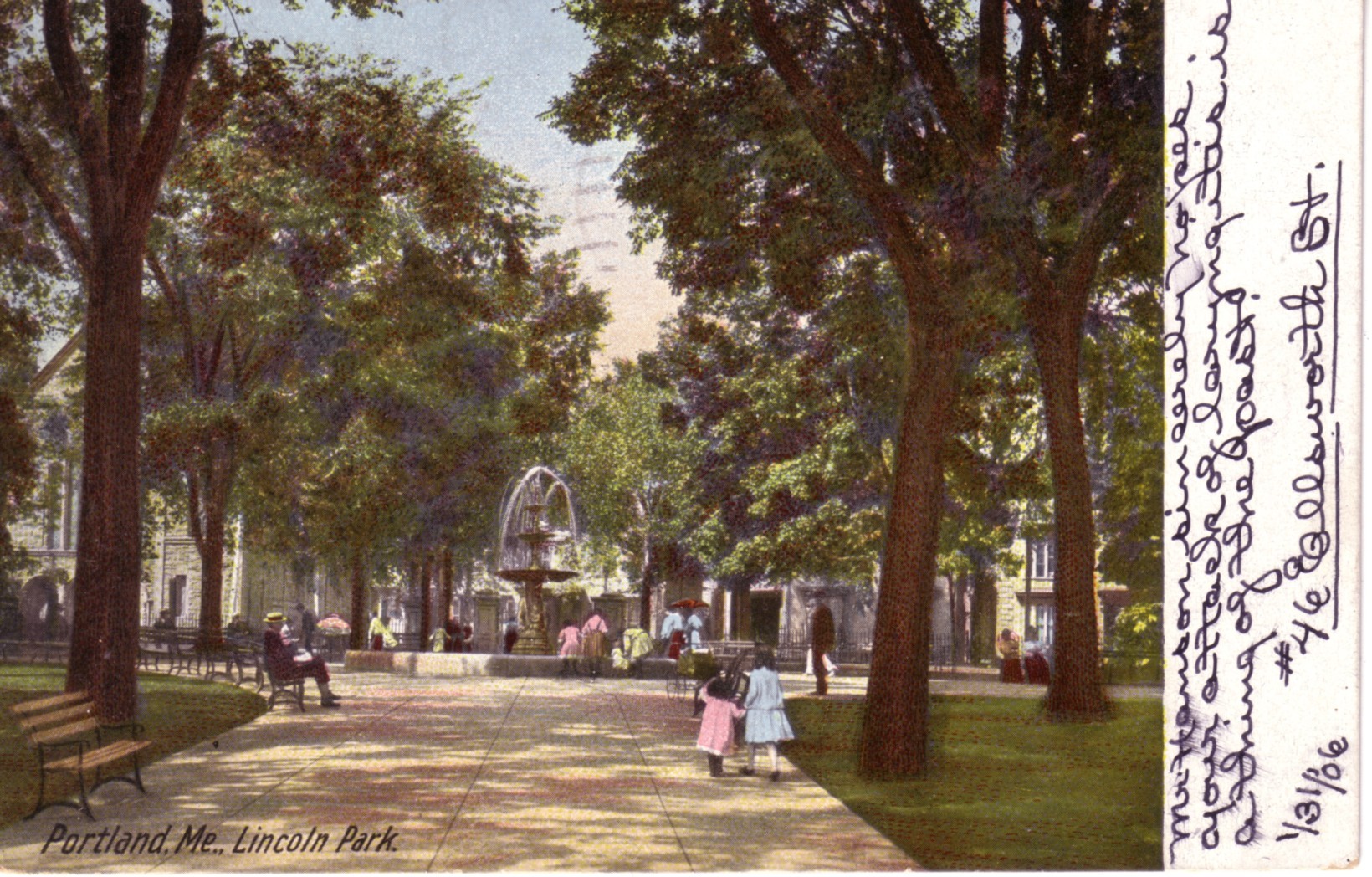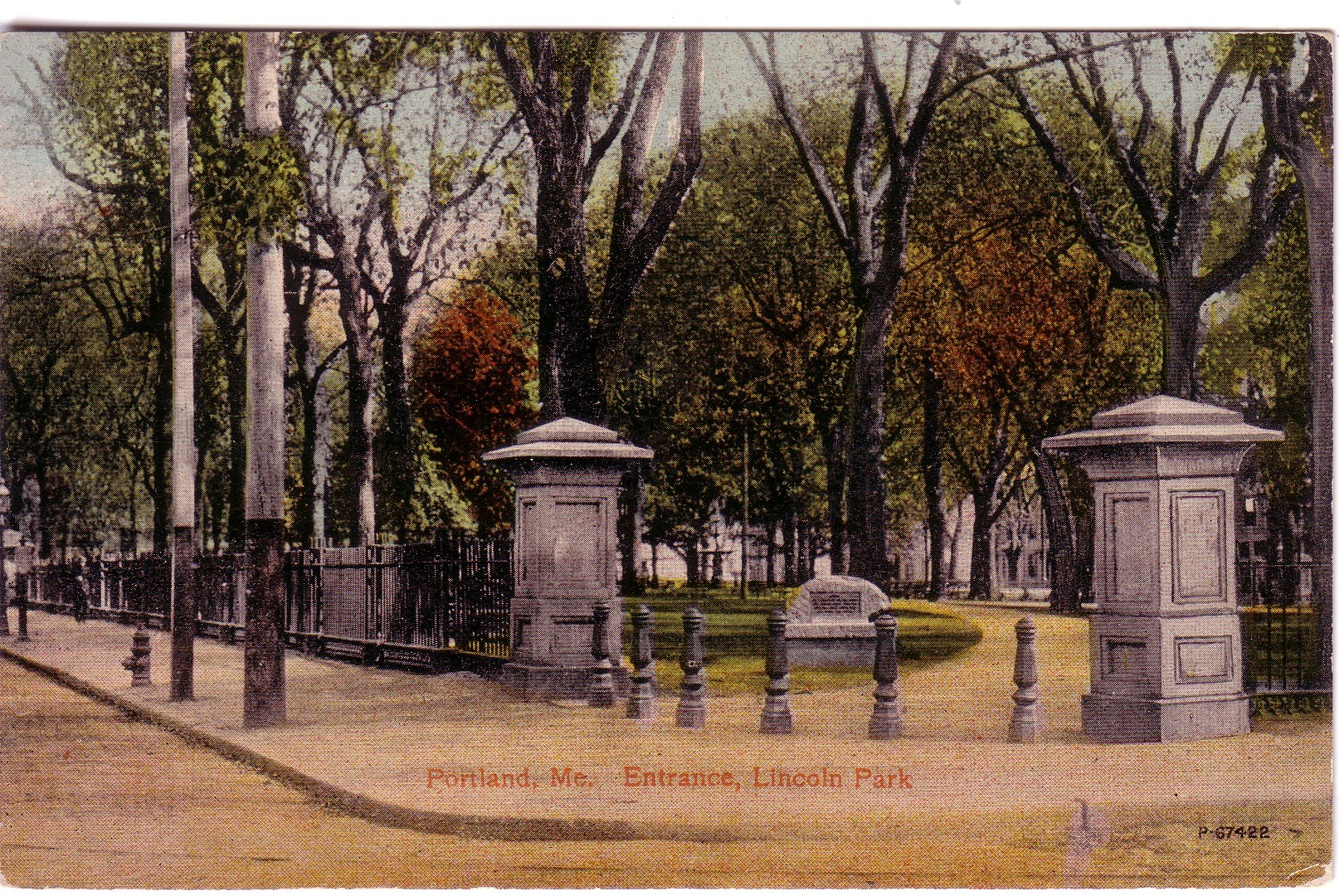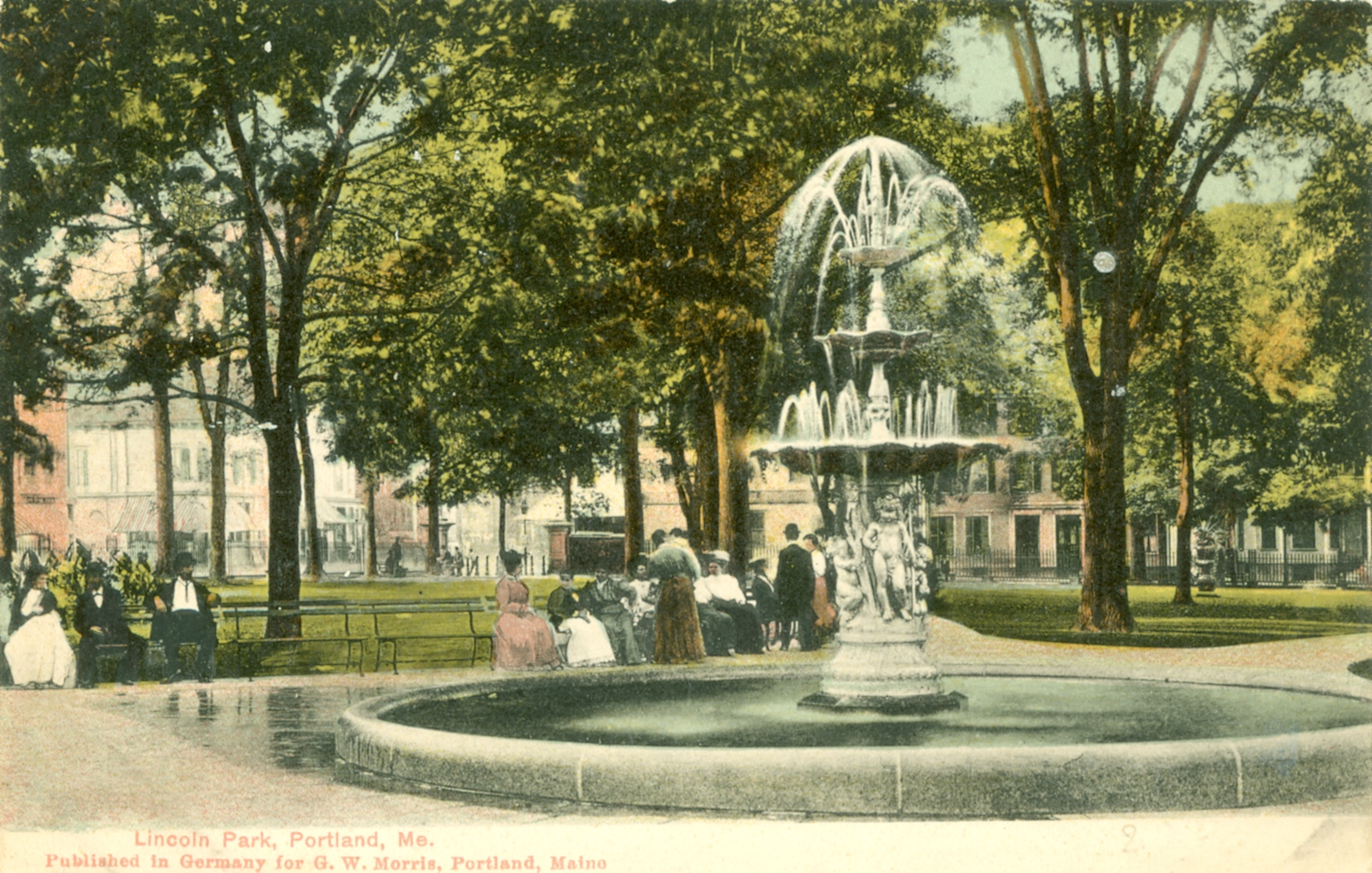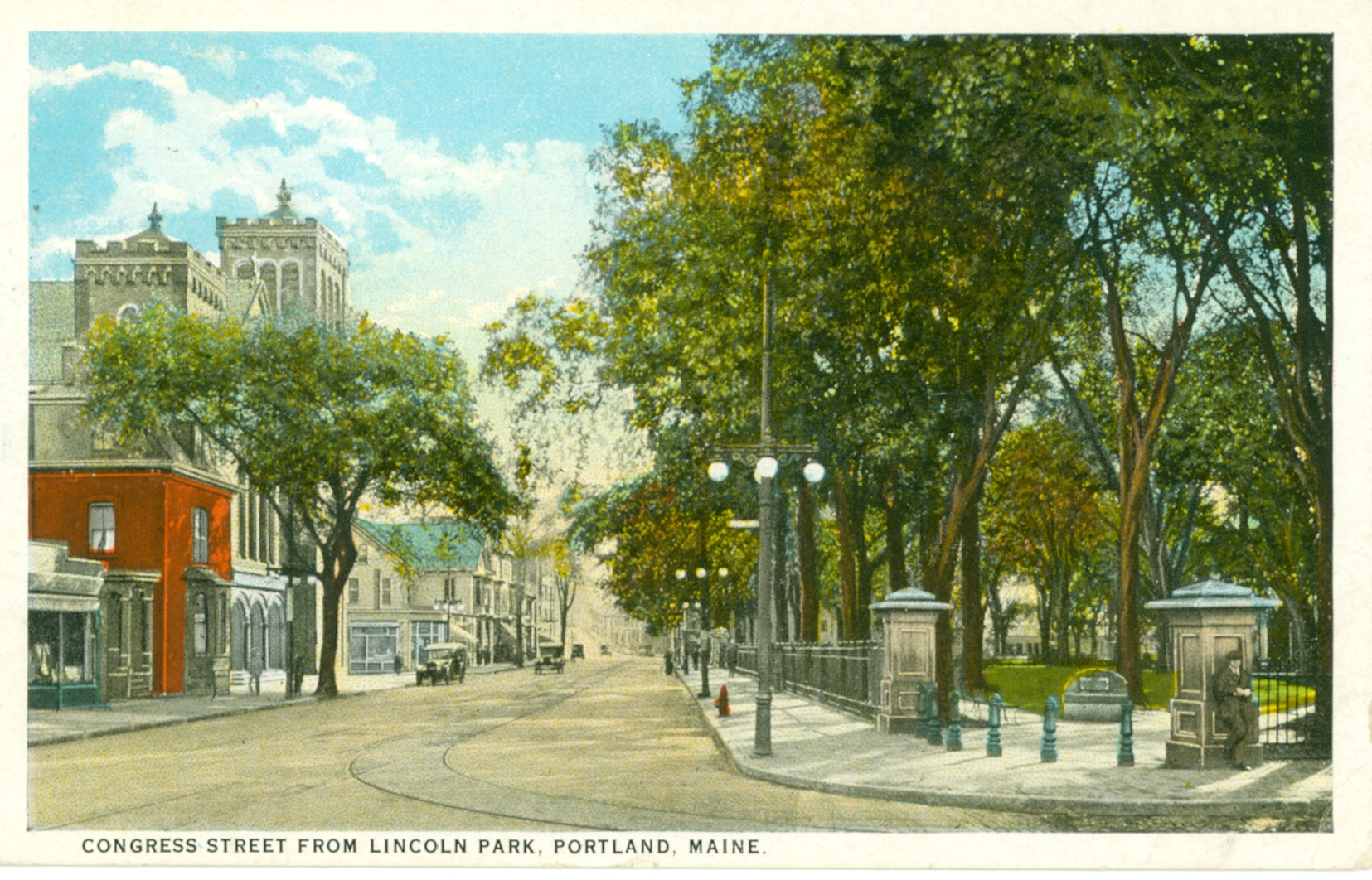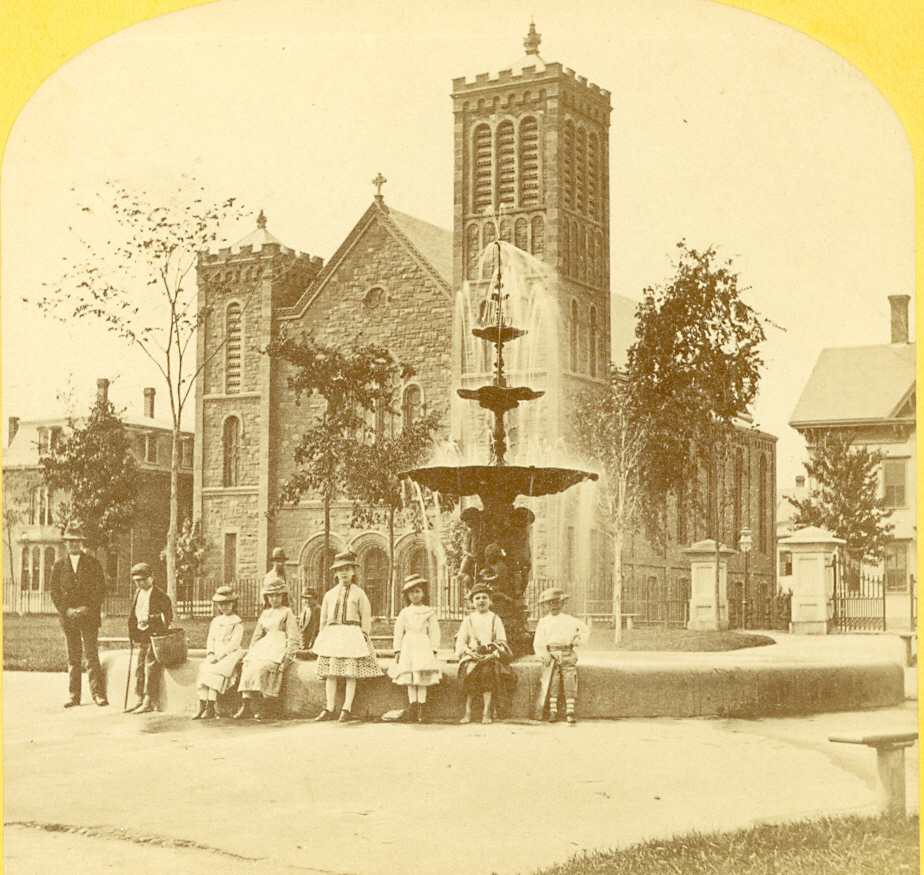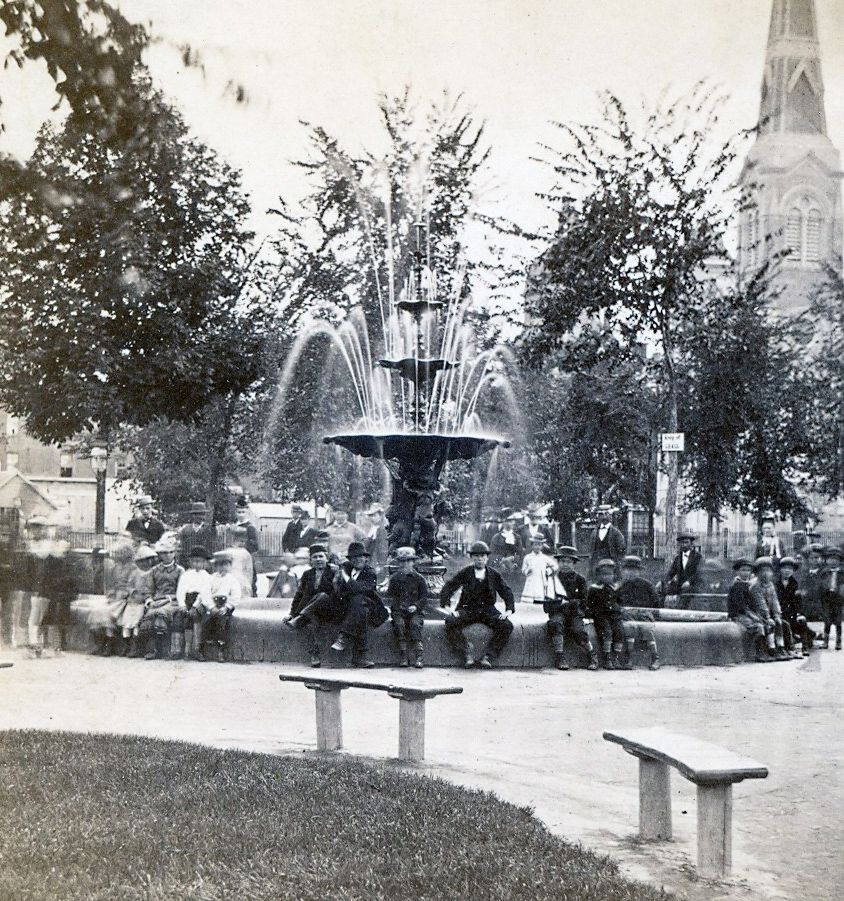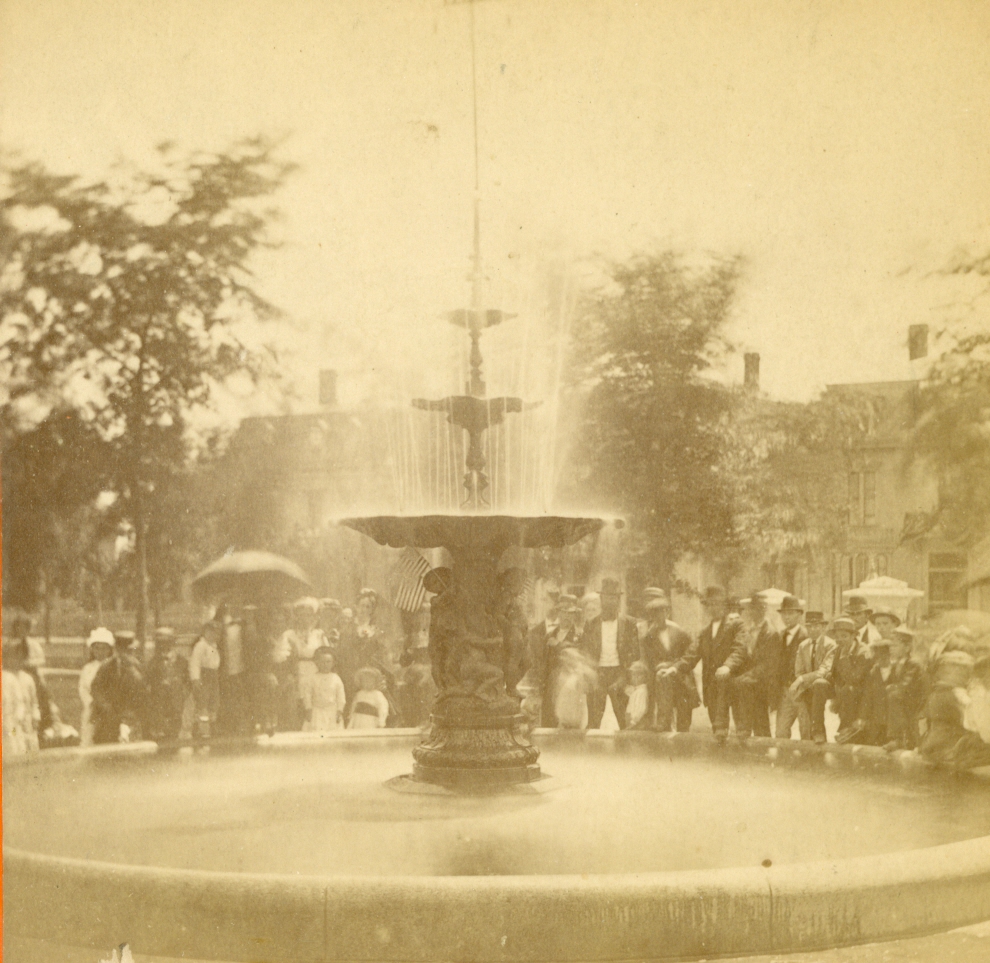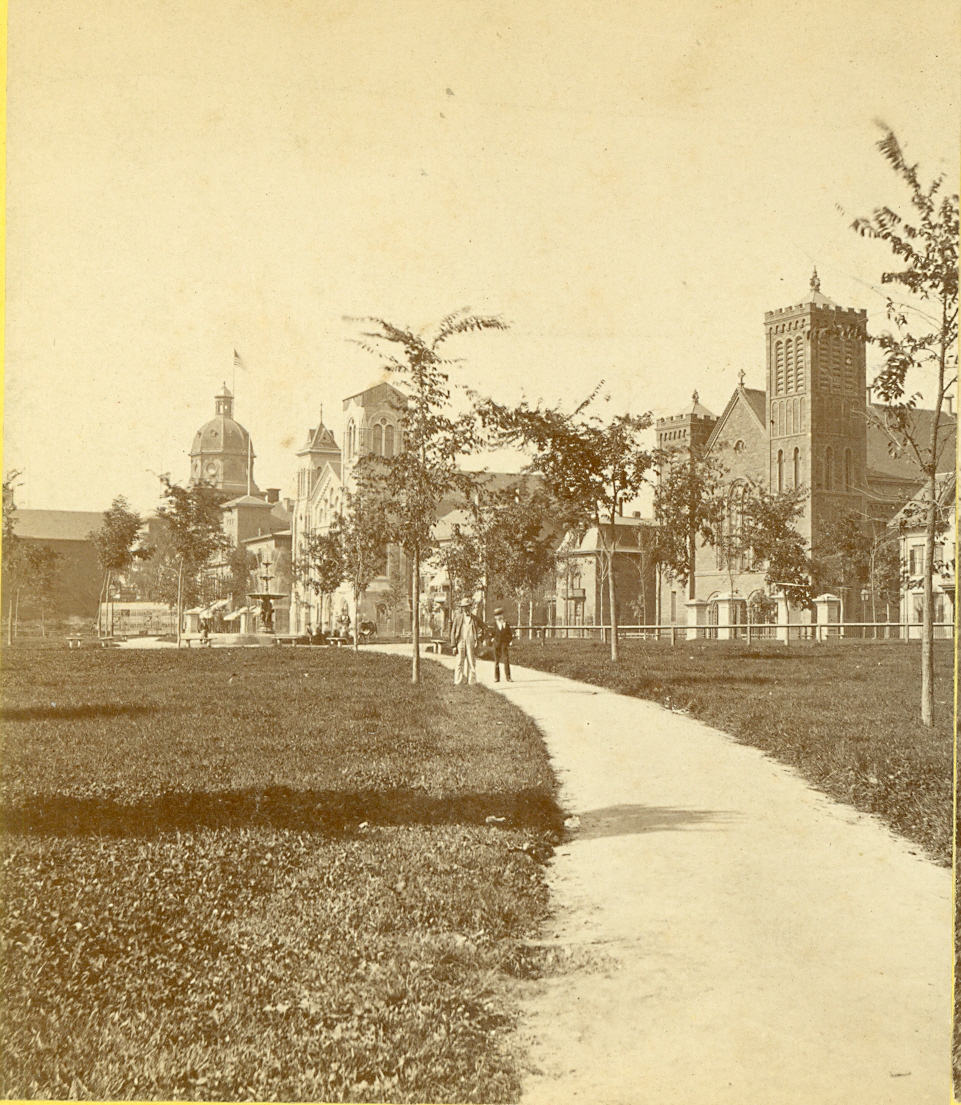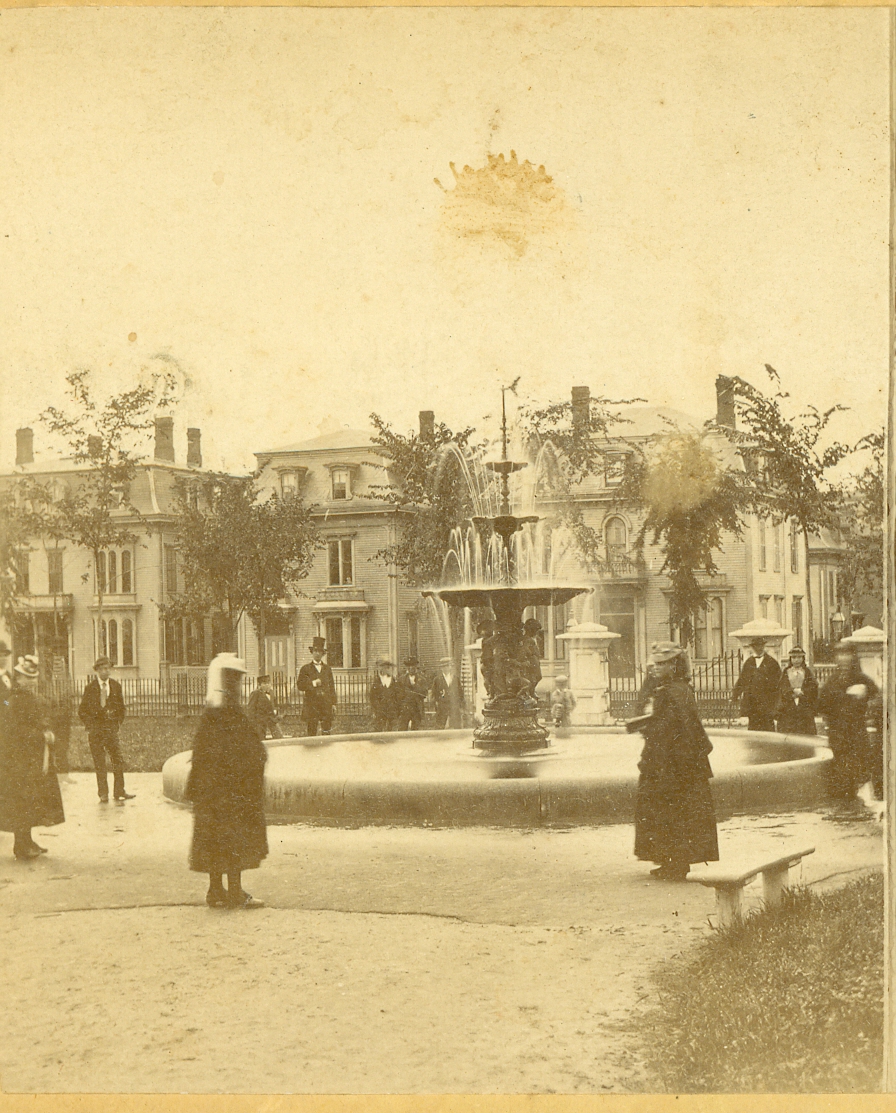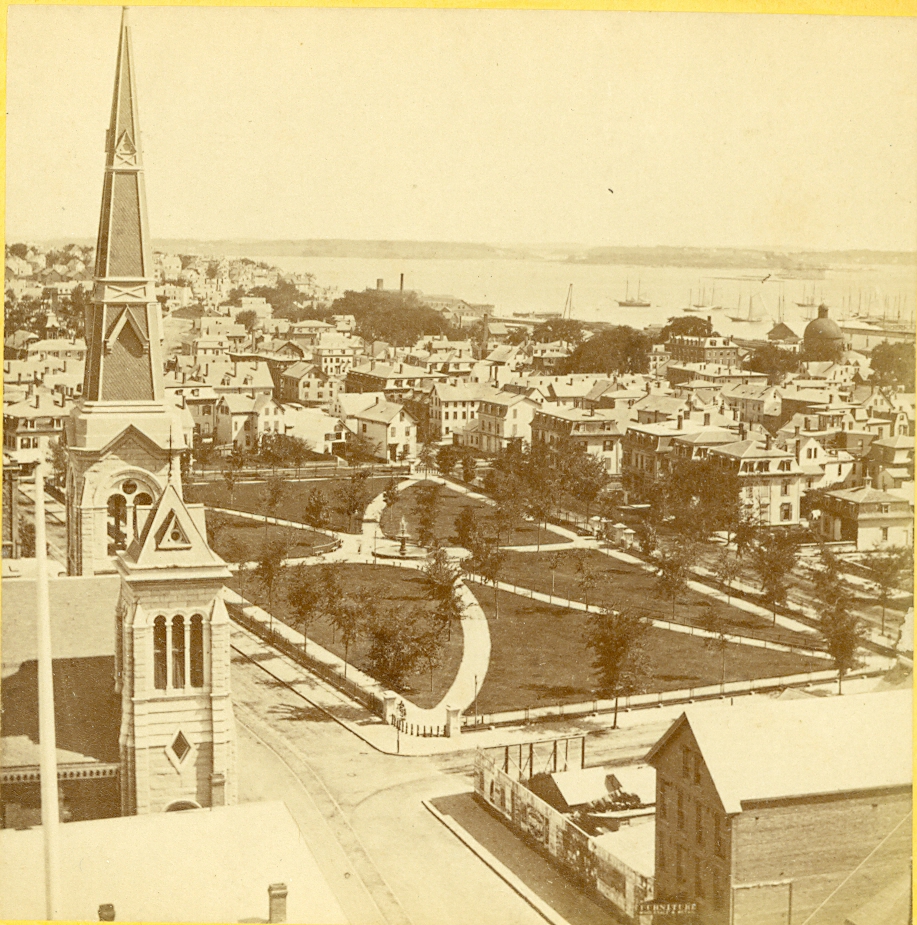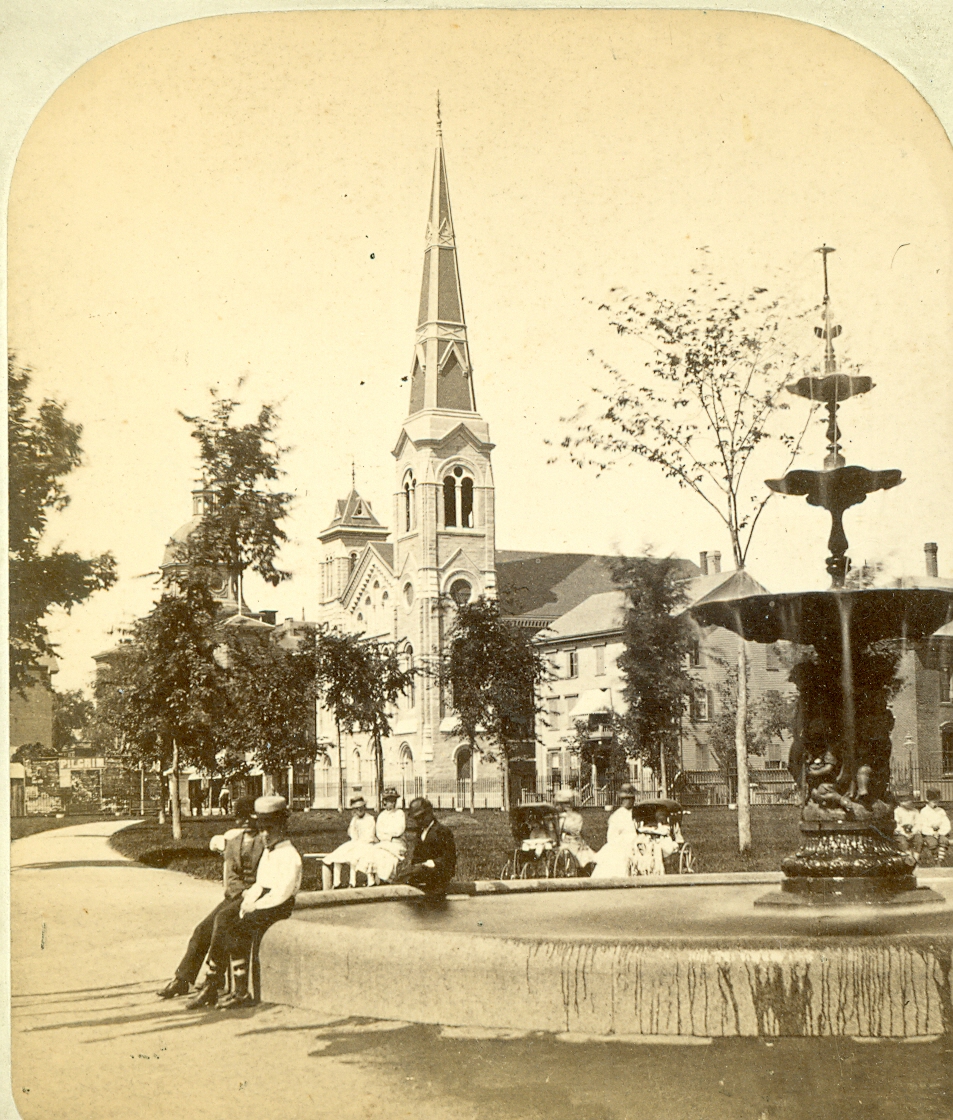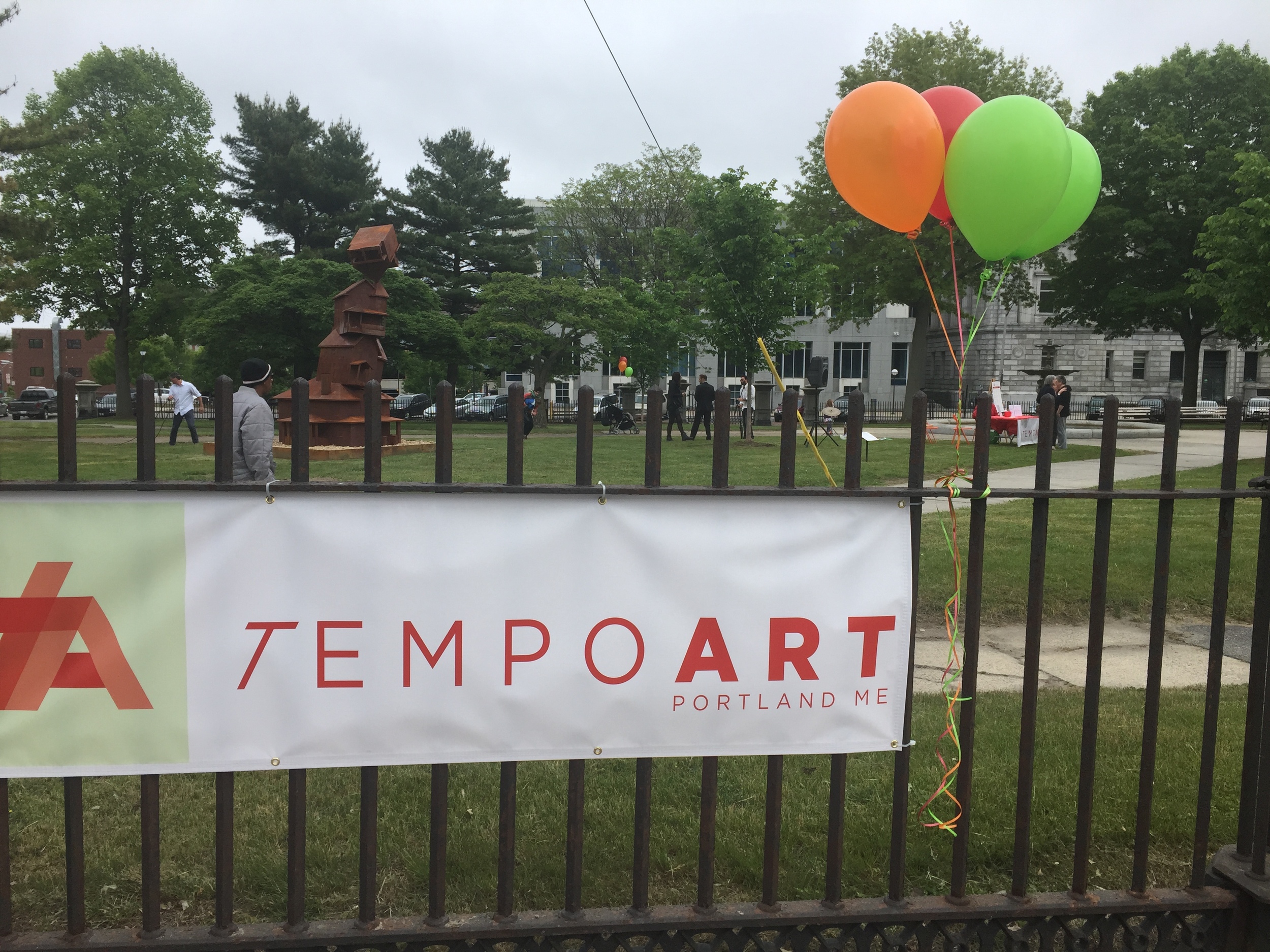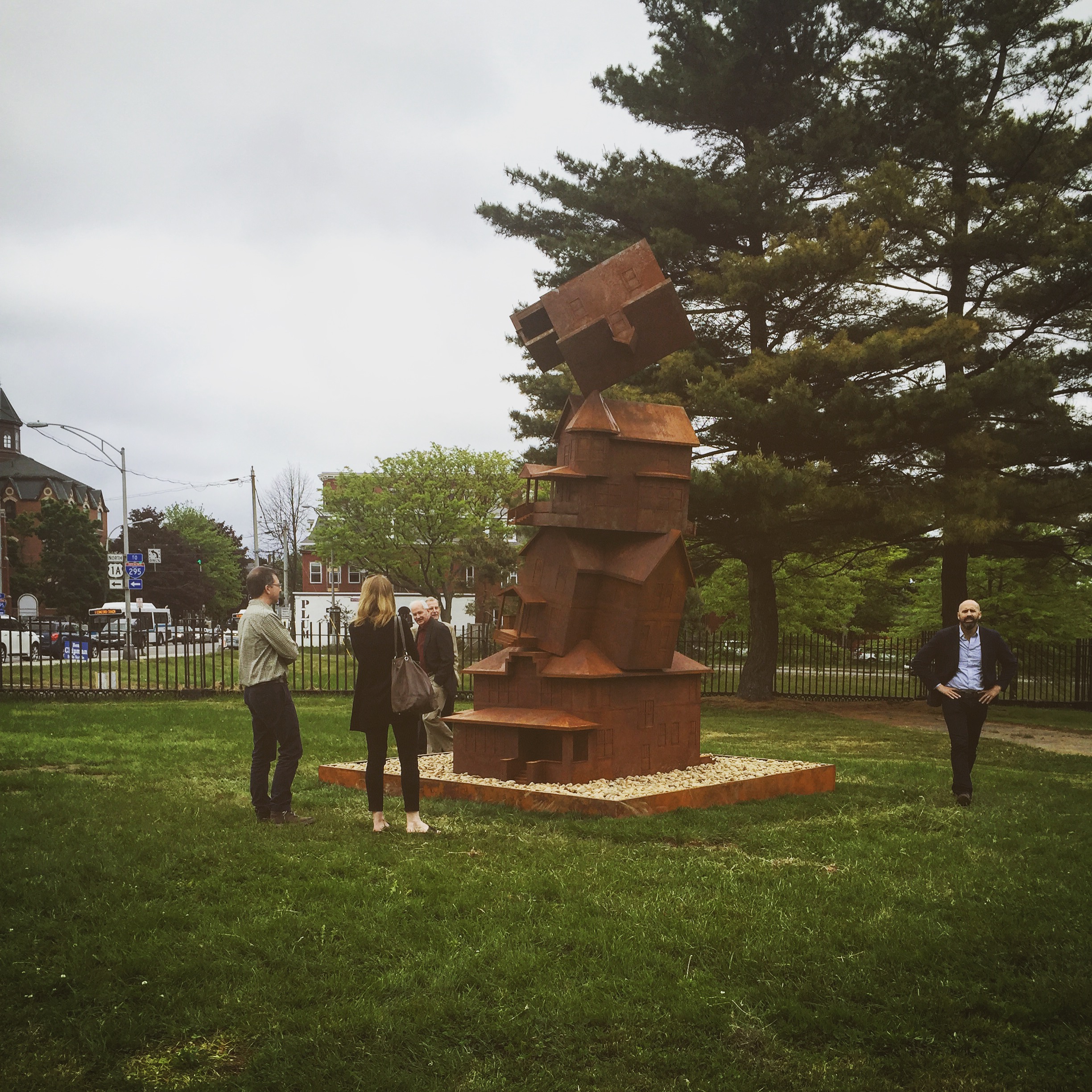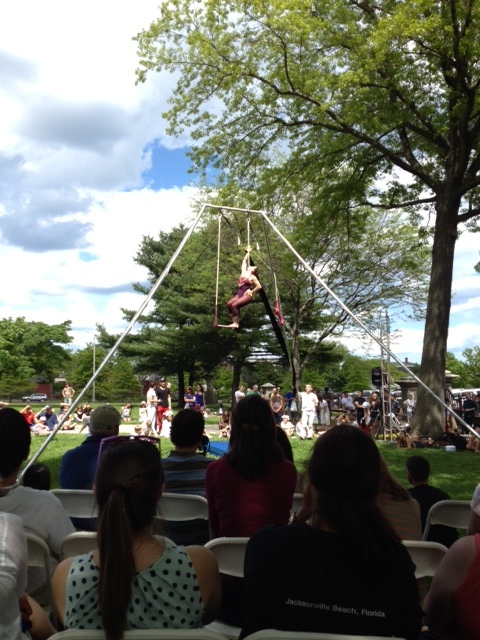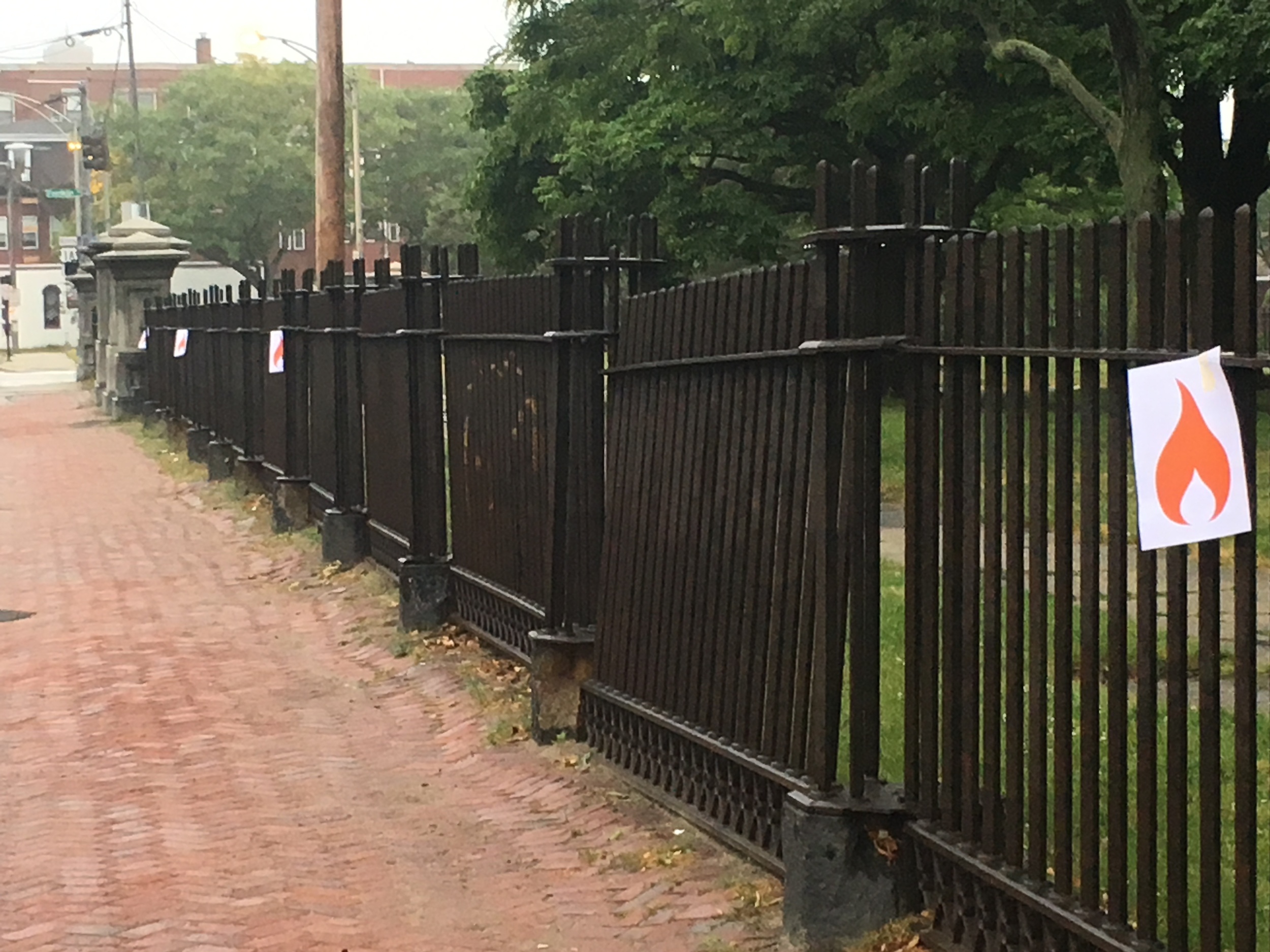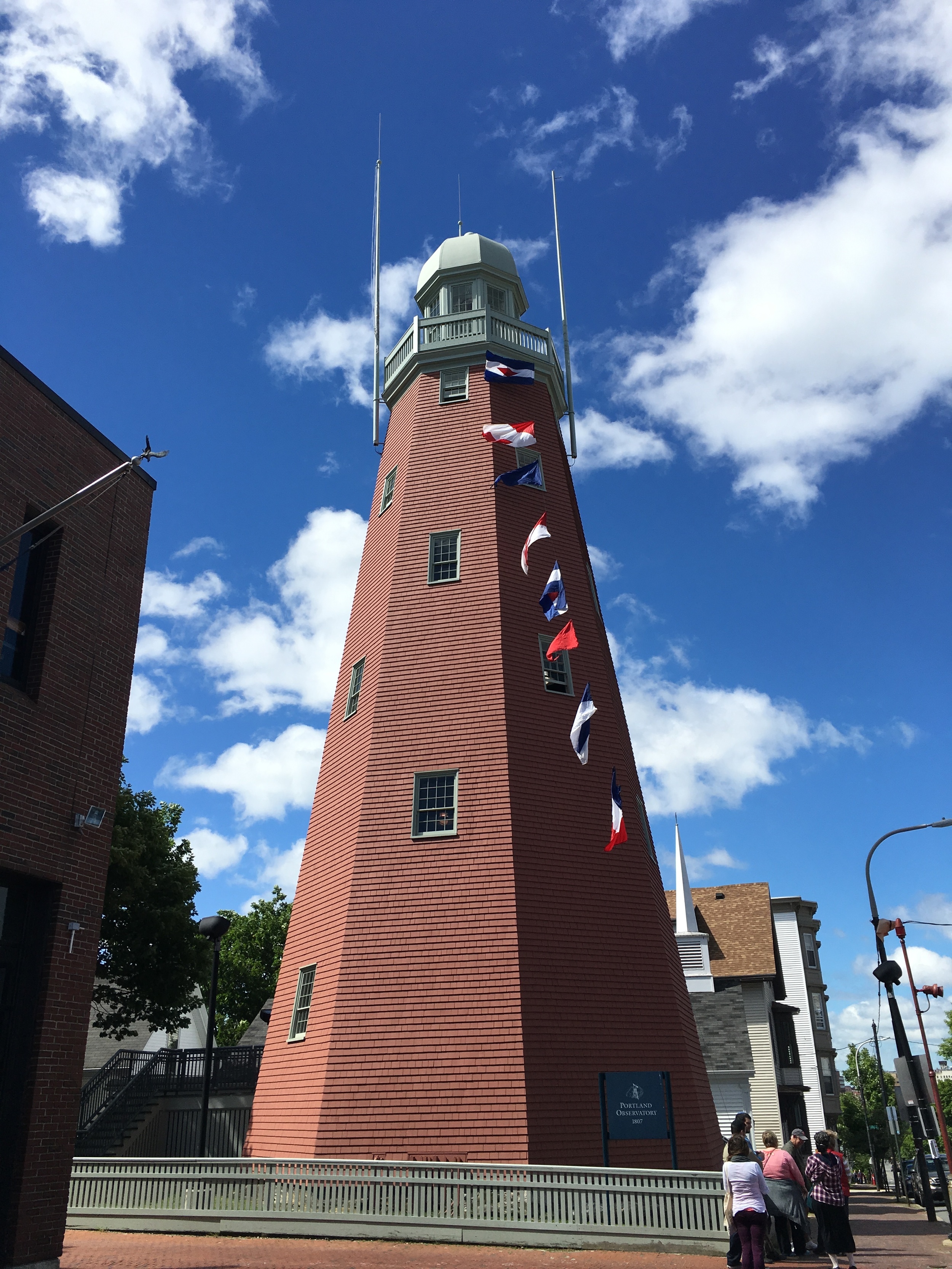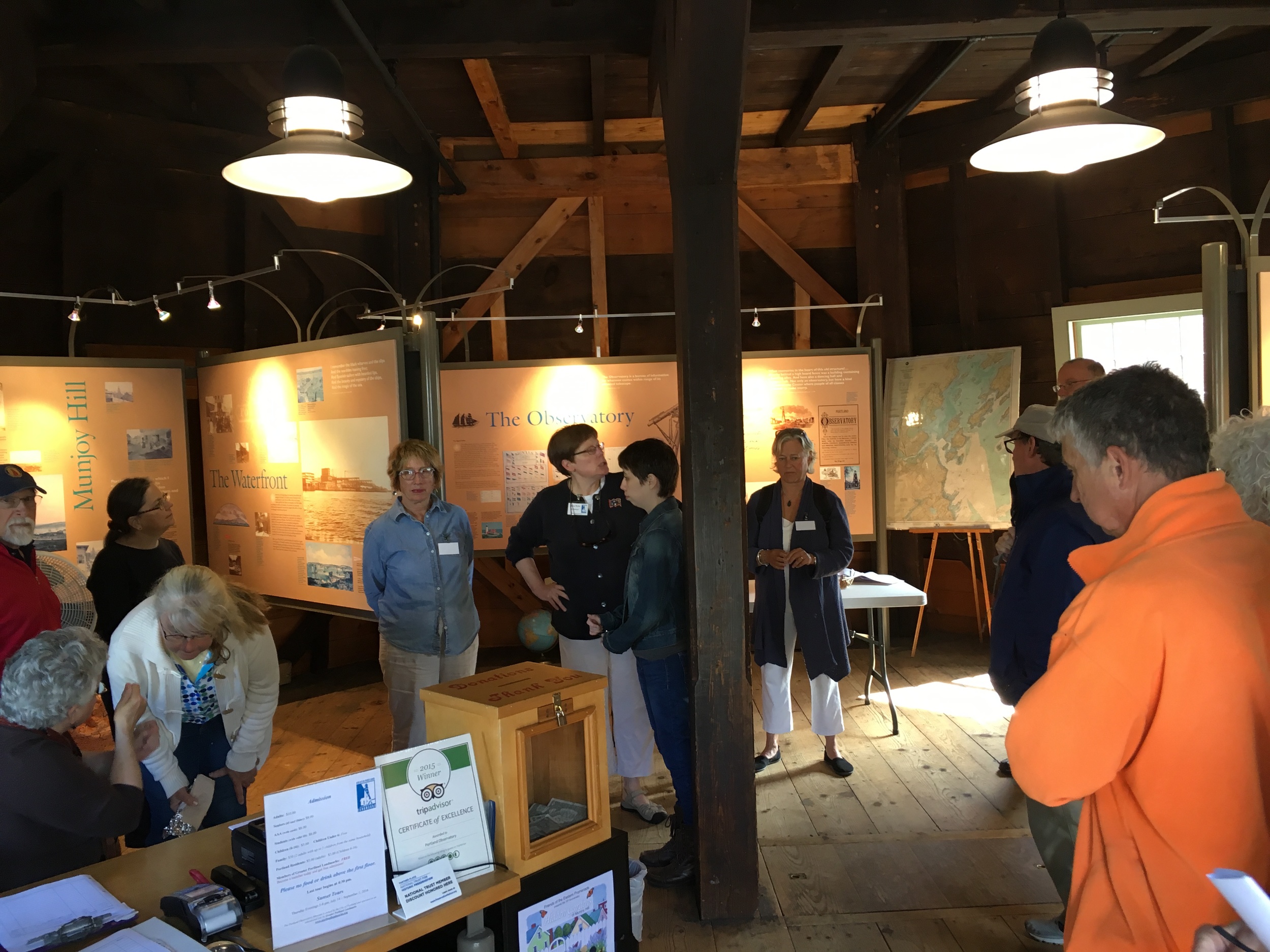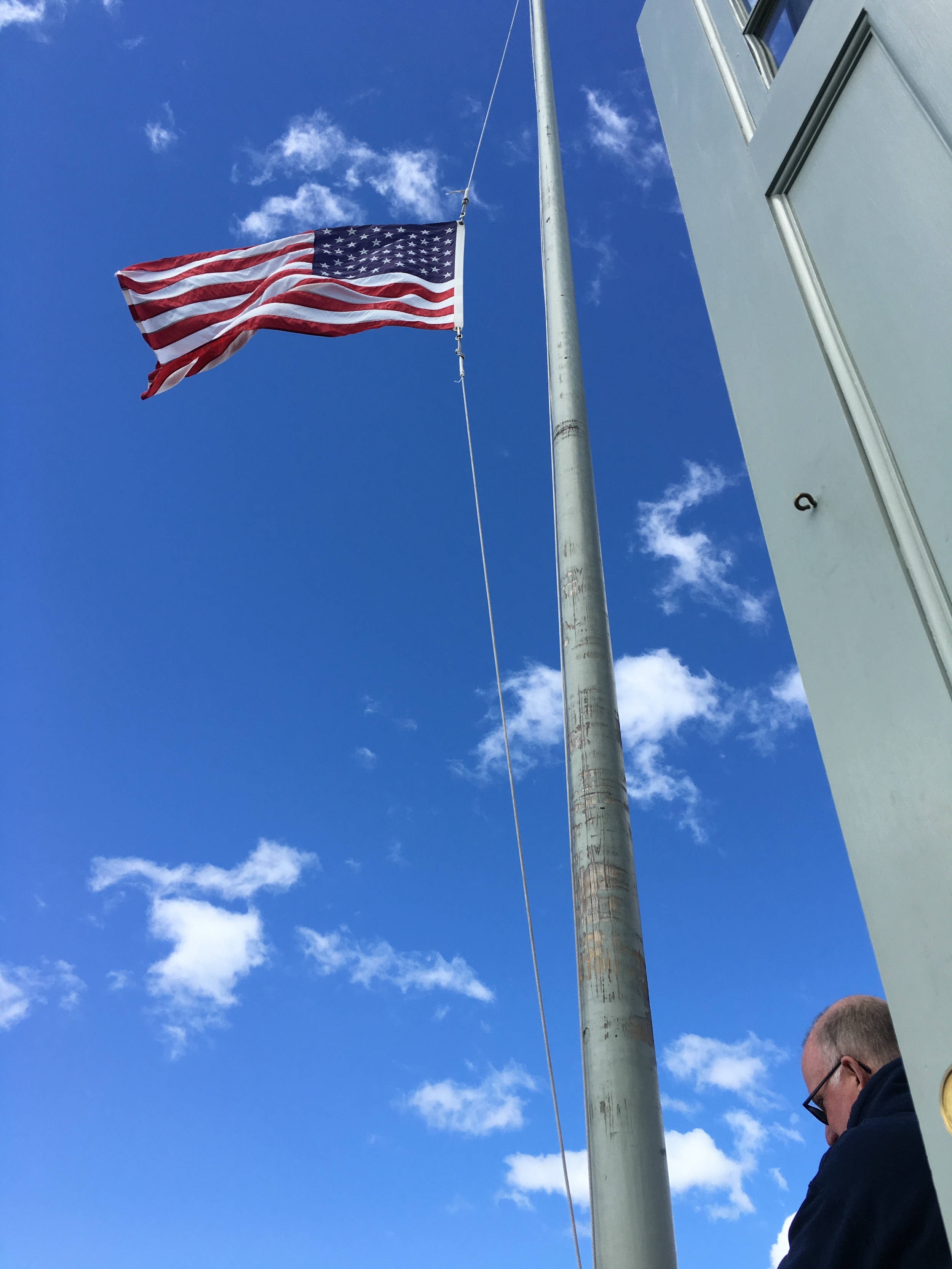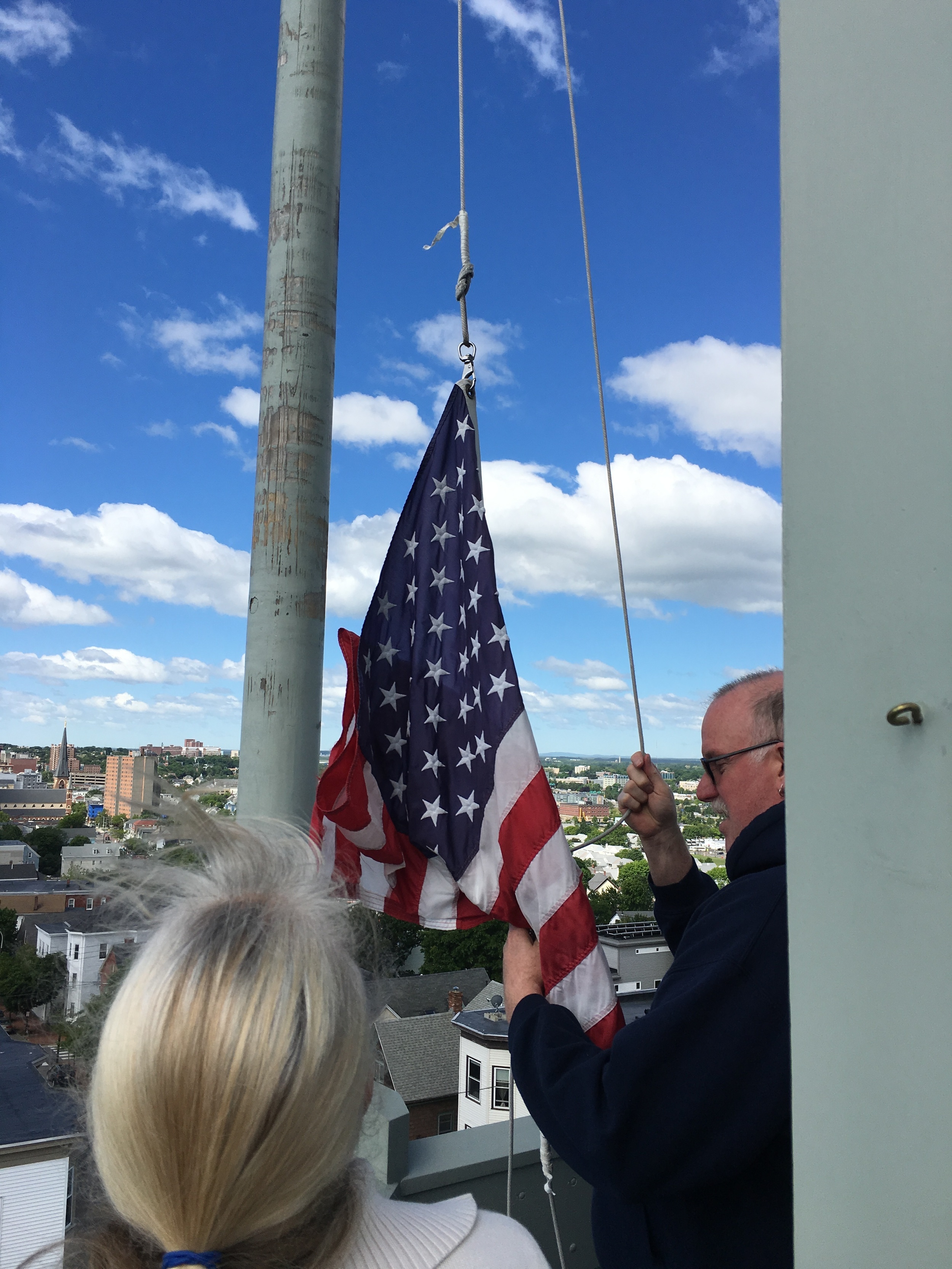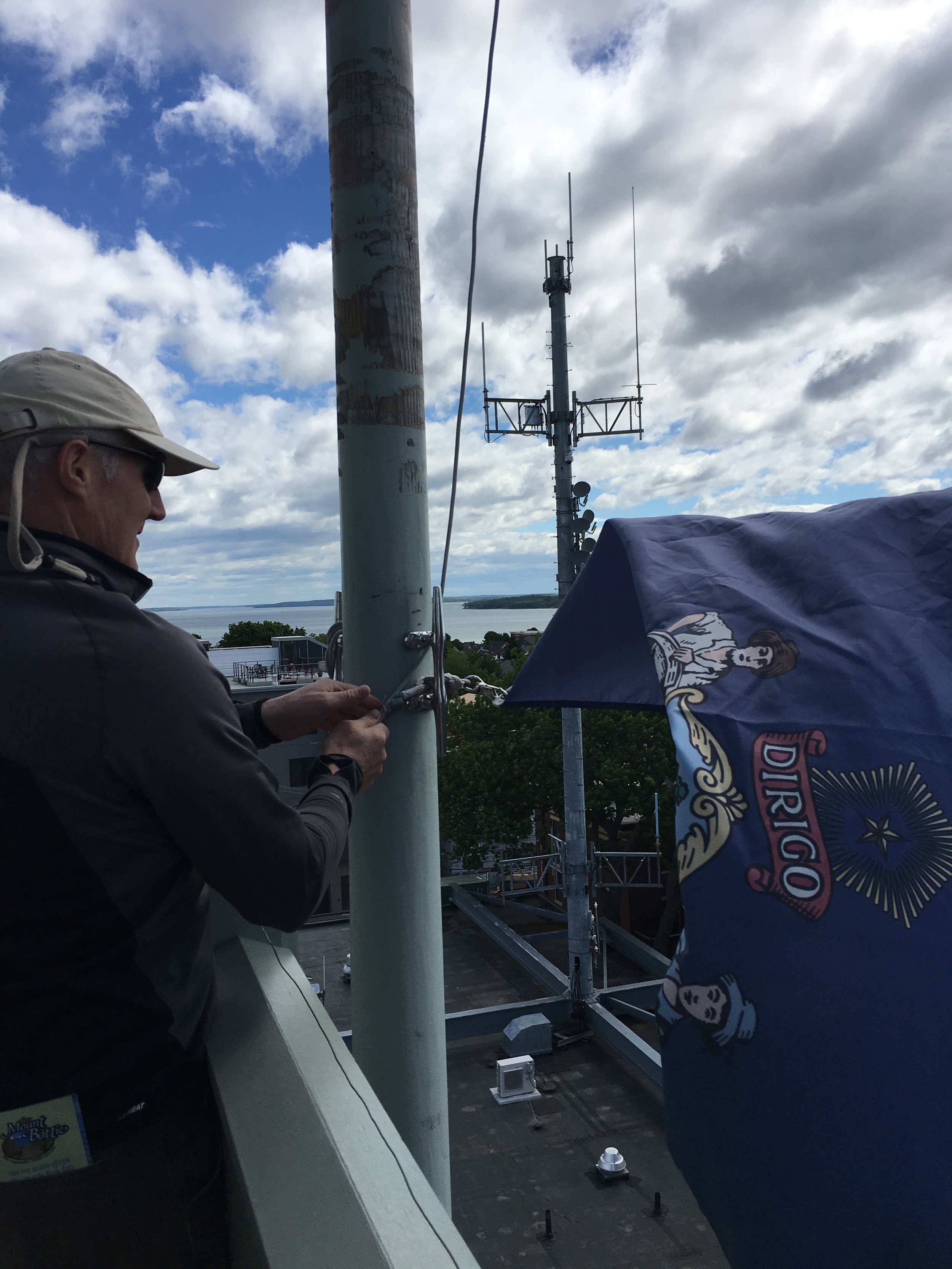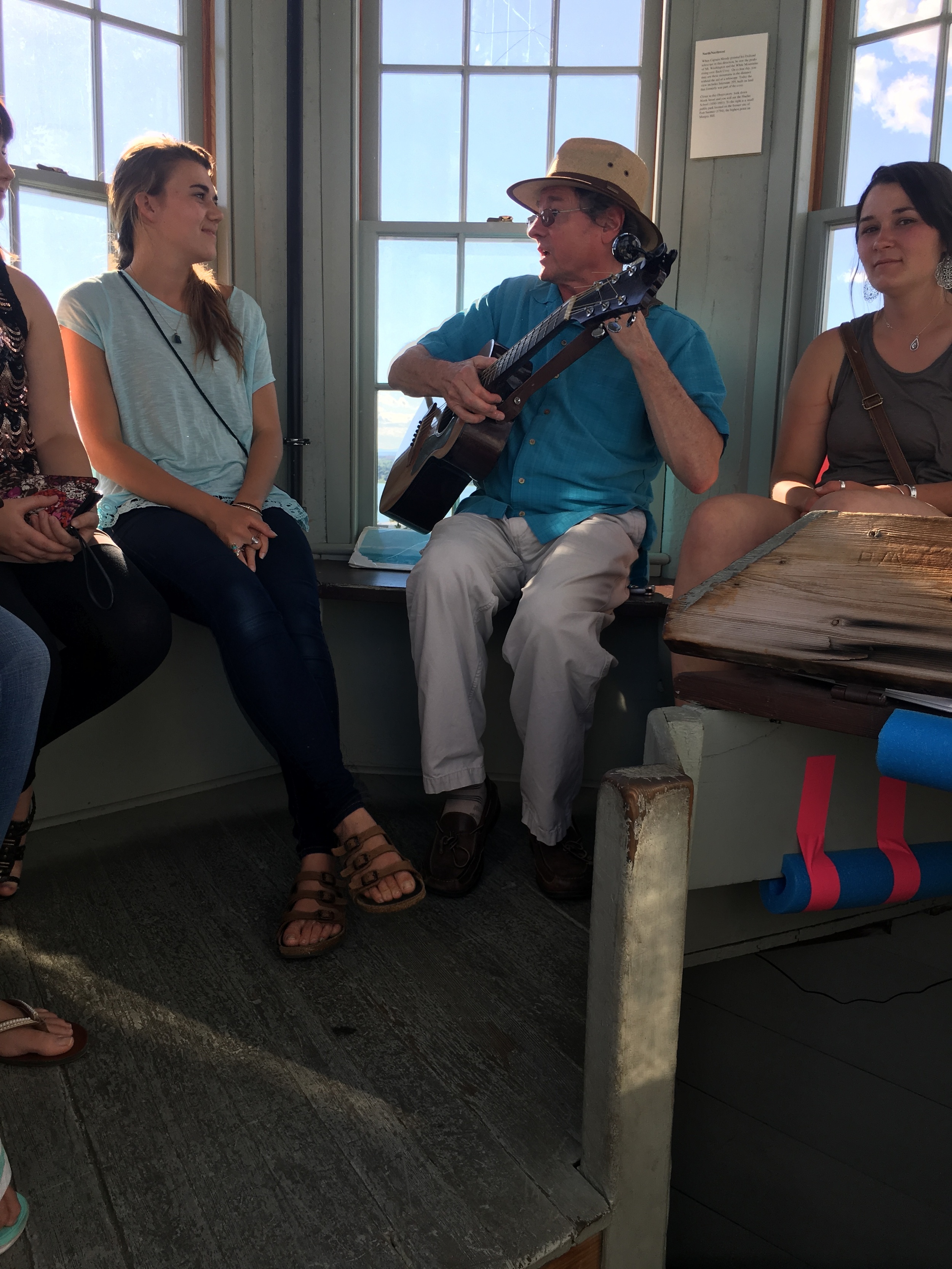For our first blog post, we wanted to pay homage to one of our favorite Portland photographers, Corey Templeton. He generously allowed us to use his photography for our new website. Thanks, Corey!
Corey's images convey Portland's strong sense of place: a unique mix of historic architecture, landscapes and parks, and new development. His work demonstrates the profound impact that historic preservation can have in an urban environment.
Corey let us pick his brain to learn more about his experience photographing the Portland area:
Q: Your photographs often focus on or include Portland’s historic buildings. Do you have a favorite building to photograph?
A: Portland has so many great historic buildings, but my favorite is the U.S. Custom House. From the moment you first see it, you get a sense that it is an important building based on its footprint and the timeless granite facade that stands apart from all the nearby brick structures. I enjoy being able to photograph it year-round and in a variety of different weather conditions. One of these days I hope to get some photos from inside!
Q: Do you have any tips for photographing architecture?
A: Taking advantage of the natural light can make photographs of architecture really stand out. When photographing something as large as a building, you are at the mercy of the sun, so being there to capture the building at the right time of day can go a long way. I prefer the so-called "golden hour" of light, which is just after sunrise in the morning or just before sunset in the evening. Also, don’t be afraid to include people in architectural photos. I find that a human element helps give some scale to the building and reinforces the idea that well-designed buildings are ones that meet the needs of those who use it.
Q: Could you talk about your experience with photographing the Portland landscape over time, and the frequency in which it changes? Are there certain spots you keep going back to?
A: What I love about photographing the city is that it’s constantly changing and providing new things to photograph. I am hopeful that in a hundred years from now someone may find one of my photos of present-day Portland and enjoy looking at it as much as I enjoy seeing photos of Portland from long before my time. I am particularly drawn to the downtown and Old Port areas, as they tend to have the fastest pace of change and also plenty of people to include in my photographs.
Q: What are some of your favorite architectural photographs that you have taken in greater Portland?




